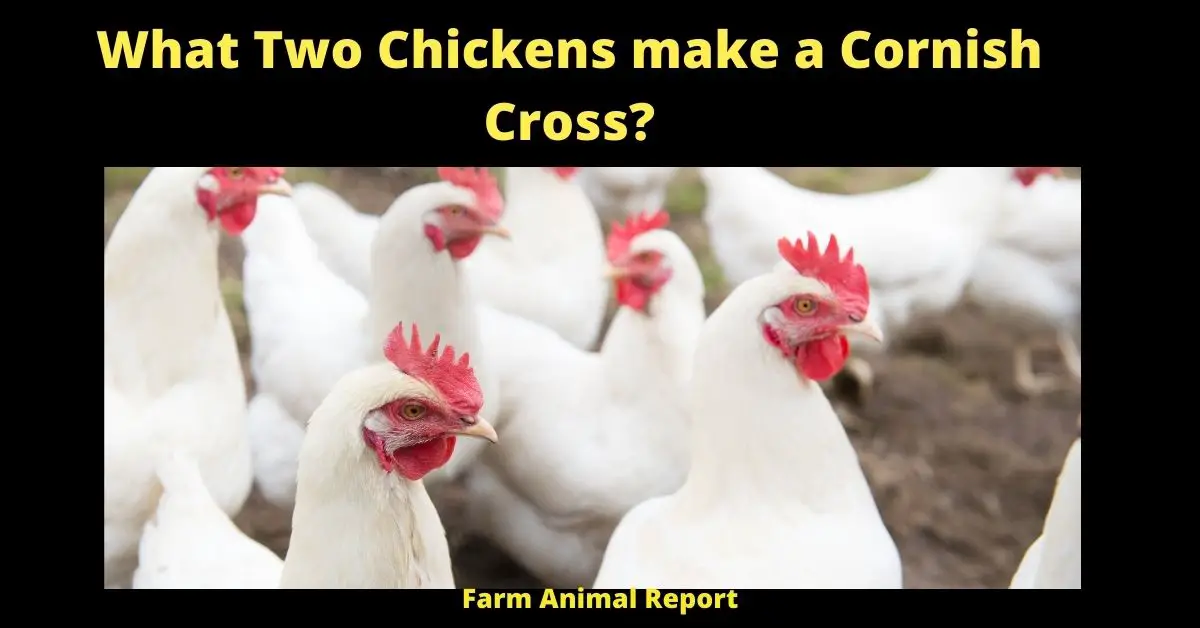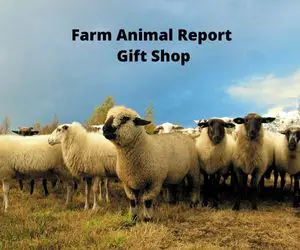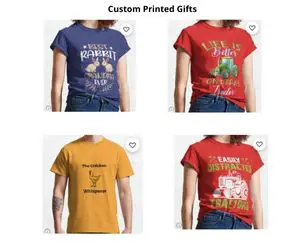The two Chicken breeds are Cornish (Meat) and the Plymouth White Chickens (eggs). The answer lies in their ability to produce large quantities of meat. Cornish Crosses are typically used by commercial poultry farms for their meat production. Plymouth White chickens are typically used for egg production.
What Two Chickens make a Cornish Cross?
What Two Chickens make a Cornish Cross? This is the question that has been on everyone’s mind ever since the new poultry farm opened up down the street. What could possibly be so special about two chickens? To answer this question, we must first take a look at the history of Cornish Crosses.
See Amazons Resources on The Many Breeds of Chickens and Their Characteristics
The Two Chicken Breeds are
- Cornish – The Cornish chicken is a breed of chicken that was developed in Cornwall, England. The breed was created by crossing the native British ‘Dorking’ with other Mediterranean breeds such as the ‘Malay’.
- Plymouth White Chicken – The Plymouth White chicken is a breed of chicken that was developed in Plymouth, Massachusetts. The breed was created by crossing the native American ‘New Hampshire’ with other Mediterranean breeds such as the ‘Lakenvelder’.
- So, what makes these two chicken breeds so special? The answer lies in their ability to produce large quantities of meat. Cornish Crosses are typically used by commercial poultry farms for their meat production. Plymouth White chickens are typically used for egg production.
What is the History of Cornish Cross Chickens?
Cornish cross chickens first arrived on the scene in the late 1800s. They were bred to be hardy birds that could withstand the harsh conditions of Cornwall, England. These chickens quickly gained popularity and soon made their way to America. What Two Chickens make a Cornish Cross?
In America, Cornish Crosses became one of the most popular chicken breeds for commercial and backyard growers. They are known for their large size, fast growth rate, and high meat-to-bone ratio. In just six weeks, Cornish Crosses typically reach butcher weight (around four pounds)! Jump to 12 Ways to Make Money by Chicken Farming **CHARTS**
While these birds are not considered a heritage breed, they have become an important part of the poultry industry. In recent years, there has been a renewed interest in raising these for both meat and eggs.
What are the Benefits of Raising Cornish Cross Chickens?
There are many benefits to raising Cornish Cross chickens. They are fast-growing birds that can reach butcher weight in just six weeks. This makes them an ideal choice for those looking to raise chickens for meat.
They also have a high meat-to-bone ratio, which means there is more edible meat on each chicken. Cornish Crosses are also known for being hardy birds that can withstand cold weather and hot summers.
Finally, these birds are relatively easy to care for and require little space. They can be raised in both small backyard flocks and large commercial operations.
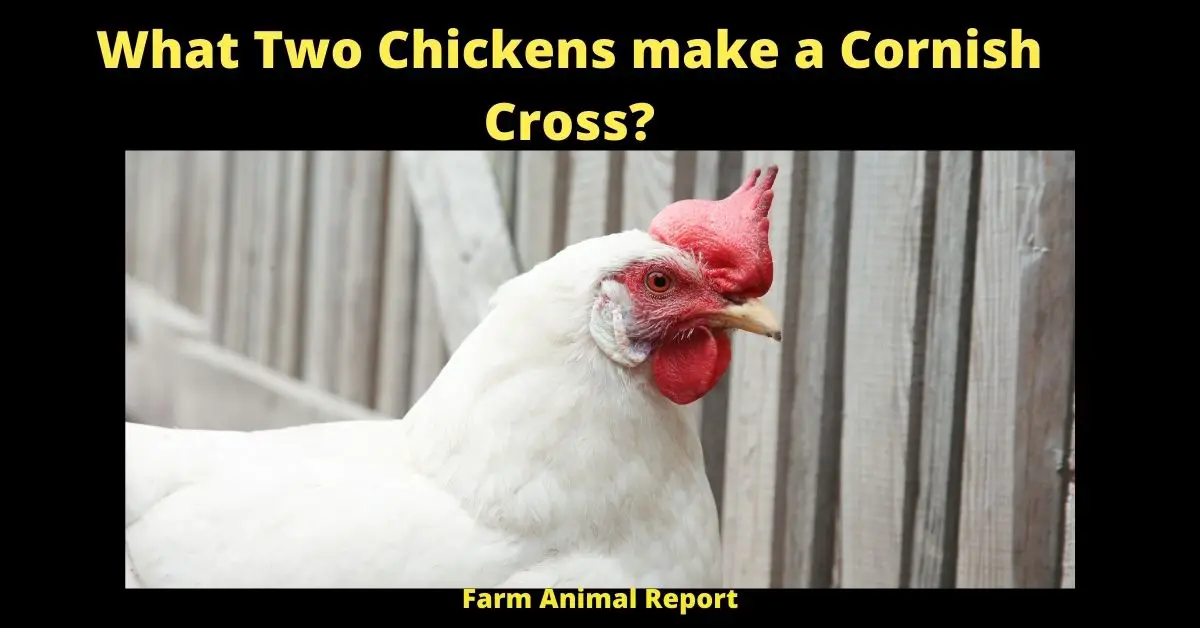
What do you Need to Get Started raising Cornish Cross Chickens?
If you are interested in raising Cornish Cross chickens, there are a few things you will need to get started. First, you will need to purchase some chicks. You can find these for sale at most feed stores or online retailers that sell poultry supplies.
You will also need a brooder to house your chicks. A brooder is simply a box or enclosure that provides warmth and protection for young birds. It is important to keep your chicks warm during their first few weeks of life, so be sure to choose a brooder that is well-insulated and has a heat lamp.
Finally, you will need to purchase some chicken feed. Start with a quality starter/grower feed and then switch to a laying ration when your hens reach maturity. You can also purchase scratch grains and other treats to supplement your chickens’ diet.
How to Care for your Chicks?
Caring for your chicks is relatively simple. They will need a warm, safe place to sleep and plenty of food and water. A brooder with a heat lamp is the perfect environment for young chicks.
Be sure to keep an eye on the temperature inside the brooder, as it should be between 95-100 degrees Fahrenheit during the first week of life. After that, you can slowly decrease the temperature by five degrees each week until it reaches 75 degrees.
Your chicks will also need access to fresh water and chicken feed at all times. A waterer with a chick guard is the best way to provide water for young birds. Start with a quality starter/grower feed and then switch to a laying ration when your hens reach maturity.
How to Slaughter and Butcher your Chickens?
If you are raising chickens for meat, you will need to know how to slaughter and butcher them. While this may seem daunting, it is actually quite simple. The first step is to select a chicken that is ready for slaughter. This can be determined by checking the bird’s weight or age (six weeks old is typically the ideal time).
Next, you will need to gather some supplies. A sharp knife, cutting board, and pliers are all you will need to butcher a chicken. You will also need a large pot or bucket to catch the blood.
To start, cut off the chicken’s head with a sharp knife. Next, pluck the feathers and remove the entrails. Finally, wash the carcass in cool water and then refrigerate or freeze it until you are ready to cook it.
When butchering your own chickens, you can save money on meat while knowing exactly where your food is coming from. Plus, you will have the satisfaction of knowing that you raised the bird from start to finish!
How to Breed Cornish Cross Chickens?
To successfully breed Cornish Cross chickens, you will need to purchase a rooster and two hens. The rooster will be used to fertilize the eggs that the hens lay. You can purchase these birds from most feed stores or online retailers that sell poultry supplies.
The Chicken Breeds you will need are
- Cornish
- Plymouth White
Once you have your birds, you will need to set up a breeding pen. This should be a large enclosure that provides plenty of space for the birds to move around. It should also have perches and nesting boxes for the hens.
The next step is to allow the rooster to mate with the hens. He will do this by mounting them and fertilizing their eggs. Once this is done, the hens will lay their eggs in the nesting boxes.
You will need to collect the eggs on a daily basis and store them in a cool, dry place. Once the eggs have been laid, they will need to be incubated. This can be done using a commercial incubator or by constructing your own DIY incubator.
Once the chicks have hatched, they will need to be raised in a brooder. A brooder is simply a box or enclosure that provides warmth and protection for young birds. It is important to keep your chicks warm during their first few weeks of life, so be sure to choose a well-insulated brooder with a heat lamp.
Your chicks will also need access to fresh water and chicken feed at all times. A waterer with a chick guard is the best way to provide water for young birds. Start with a quality starter/grower feed and then switch to a laying ration when your hens reach maturity.
You will also need to purchase some chicken feed. Start with a quality starter/grower feed and then to a laying ration.
Raising chicks is relatively simple. They will need a warm, safe place to sleep and plenty of food and water. A brooder with a heat lamp is the perfect environment for young chicks.
Be sure to keep an eye on the temperature inside the brooder, as it should be between 95-100 degrees Fahrenheit during the first week of life. After that, you can slowly decrease the temperature by five degrees each week until it reaches 75 degrees.
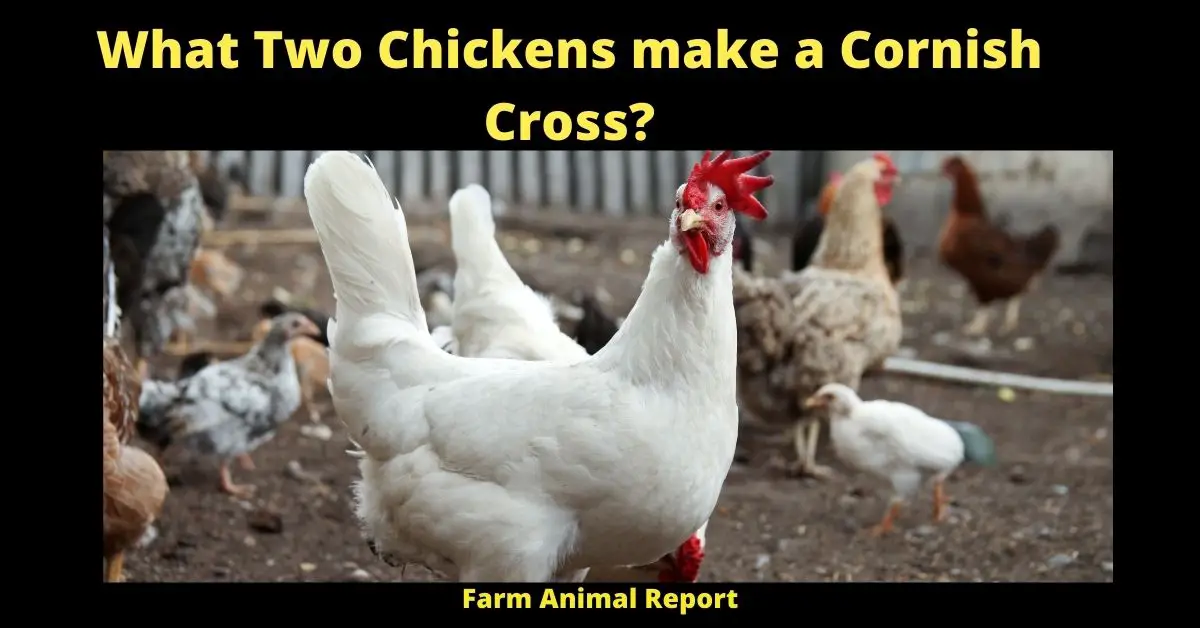
What are the differences between Cornish cross rooster vs hen?
The main difference between a Cornish cross rooster and hen is their size. The rooster is typically larger than the hen and has more meat on its bones. Additionally, the rooster’s comb is usually redder than the hen’s comb. Finally, the rooster has spurs on its legs which are used to defend the flock from predators.
Hens are typically smaller than roosters and have less meat on their bones. Additionally, the hen’s comb is usually not as red as the rooster’s comb. Hens do not have spurs on their legs like roosters do.
Both Cornish cross roosters and hens make great additions to any flock! Whether you are looking for a bird to eat or one to breed, these chickens are a good choice. Just be sure to give them plenty of space to roam and access to fresh food and water.
Where can you find Cornish cross-breeding Stock?
When Looking for Cornish cross-breeding Stock, you can check your local classifieds or online poultry forums. You might also get lucky and find some at your local feed store. However, the best place to find these birds is through a reputable breeder who specializes in this type of chicken.
How long do Cornish Cross Chickens live?
The average lifespan of a Cornish cross chicken is about 12 years. However, these birds can live up to 15 years if they are well cared for and have access to fresh food and water. Additionally, providing your chickens with plenty of space to roam will help them stay healthy and happy throughout their lives.
Final Thoughts – What Two Chickens make a Cornish Cross?
In Conclusion, If you are looking for a chicken that is good for both meat and eggs, the Cornish cross is a great choice. These birds are relatively easy to care for and have a long lifespan. Just be sure to give them plenty of space to roam and access fresh food and water. Thanks for reading!


